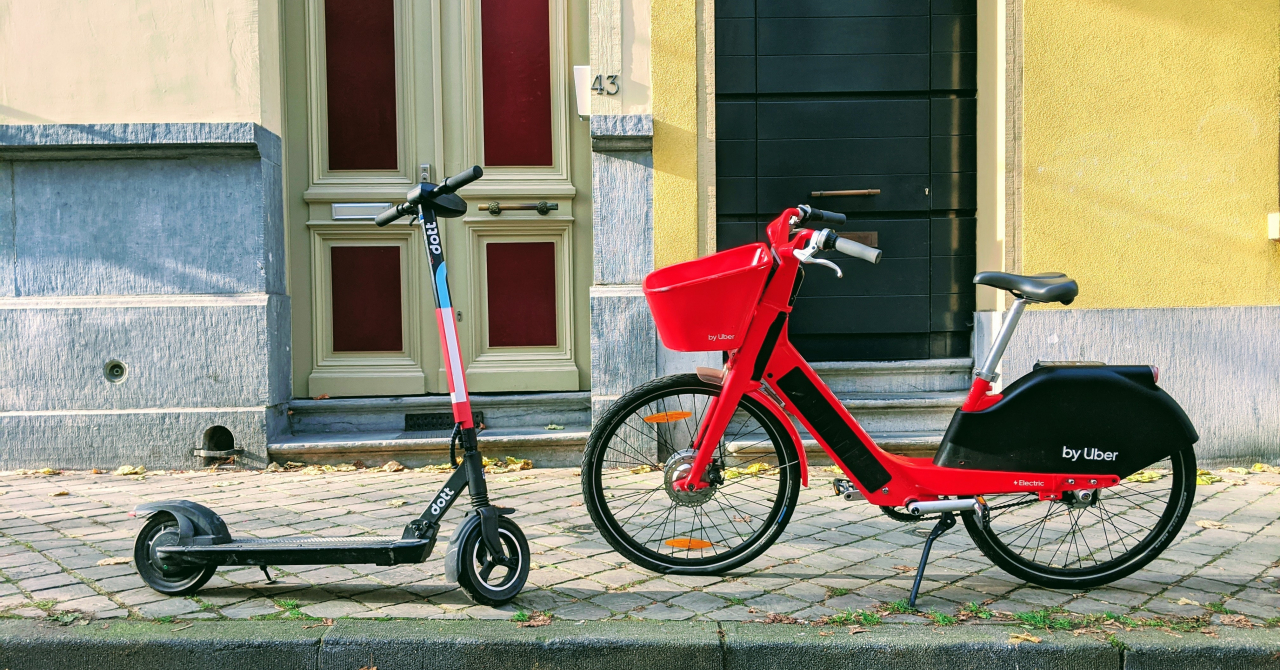According to The Next Web, the innovative bicycle would be able to "ride" itself to a user, once it is being called through a ride-sharing app.
Once the rider completes the journey, the bike will go into autonomous mode again, meaning that it can travel to the next user or to a charging station if it needs to juice up.
In order to develop such a vehicle, scientists had to rethink the rear wheel by adding another one.

Photo source: MIT
This way, when it's in ride mode, the two wheels on the back become one, which allows the bike to ride as any other one.
In autonomous mode, the two wheels get slightly separated, meaning that the vehicle turns into a tricycle, allowing it to move on its own.
Autonomous bikes could be useful for ride sharing platforms, as often times, some areas might be filled with e-bikes or e-scooters, while in other areas you can't find one to rent. If the bike is able to move on its own, users can just "summon" it to their location.
Researchers also believe that, by adding autonomous bicycles, fleets could be smaller and still serve the same number of people, due to the automatic distribution.
Autonomous groups of bikes can be as much as three and a half times smaller than station-based bikes.
The technology could also be used for e-scooters, since some cities are trying to find solutions to stop illegal parking. Some cities in Germany are looking forward to create parking bays for e-scooters in order to prevent them for blocking the sidewalk.
 Mihai - Cristian Ioniță
Mihai - Cristian Ioniță












Any thoughts?